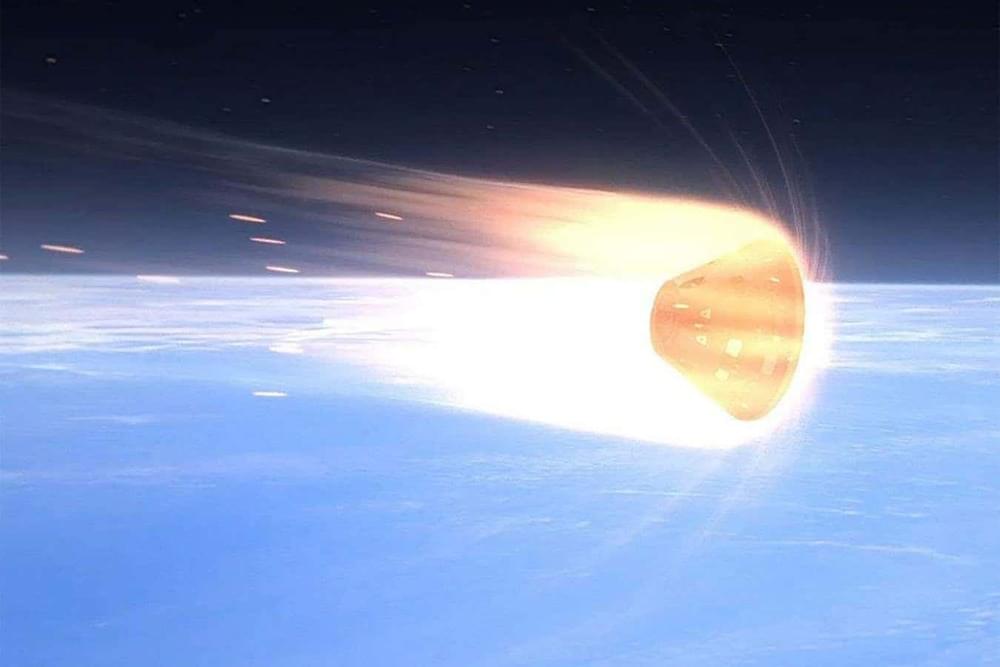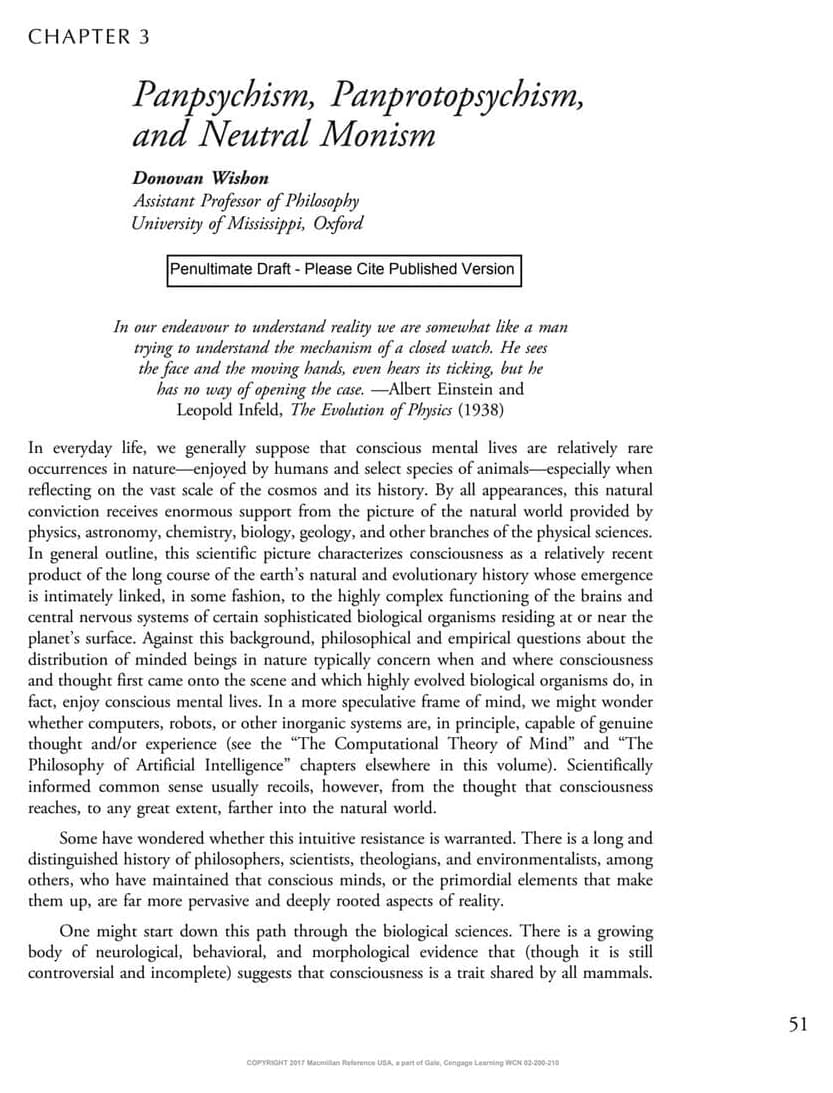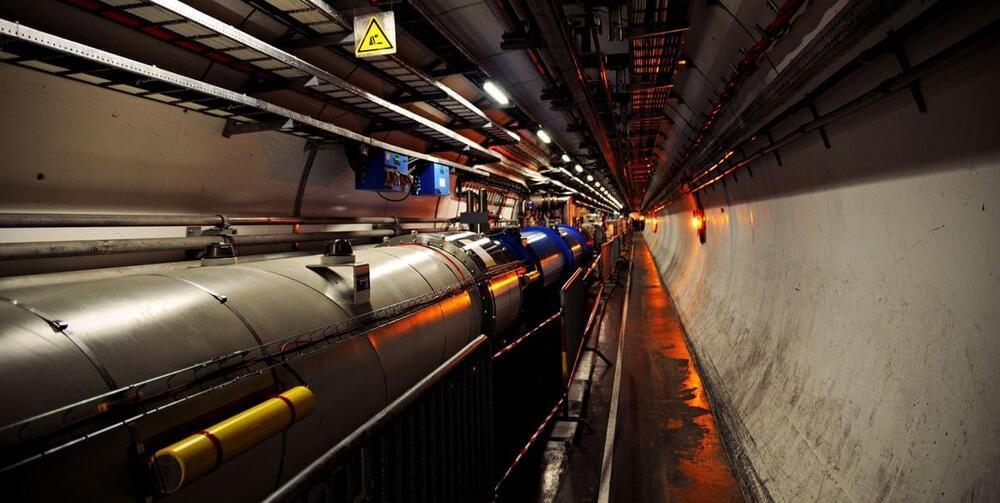Highly reducing or oxidizing photocatalysts are a fundamental challenge in photochemistry. Only a few transition metal complexes with Earth-abundant metal ions have so far advanced to excited state oxidants, including chromium, iron, and cobalt. All these photocatalysts require high energy light for excitation and their oxidizing power has not yet been fully exploited. Furthermore, precious and hence expensive metals are the decisive ingredients in most cases.
A team of researchers headed by Professor Katja Heinze of Johannes Gutenberg University Mainz (JGU) has now developed a new molecular system based on the element manganese. Manganese, as opposed to precious metals, is the third most abundant metal after iron and titanium and hence widely available and very cheap. The study is published in the journal Nature Chemistry.







